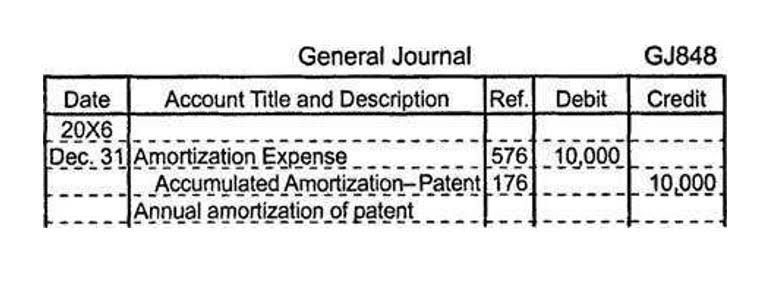
Instead, you assume that the company adds nothing to its reserves and that it produces 100% of its reserves until it runs out of natural resources completely. You do still see DCFs sometimes, but they are more common for midstream, downstream, and oilfield services companies. So you might create a “low” scenario where oil prices are, say, $40 per barrel, a “middle” scenario where oil prices are $70 per barrel, and a “high” scenario where oil prices are $100 per barrel.
- Whether you’re drilling, conducting seismic testing, or carrying out other exploration activities, companies need to account for the costs of exploring and developing gas reserves.
- The remaining $75 million is available to offshore oil and gas companies for capital investments and research, development and demonstration (RD&D) to reduce GHGs from offshore production in Newfoundland and Labrador.
- There are a lot of differences with oil, gas, and mining companies but the overarching ones are that they cannot control prices and that they have depleting assets that constantly need to be replaced.
- This split can vary significantly depending on the terms negotiated and the level of production achieved.
- DD&A is the accounting method used to spread these costs over the life of the reserves.
Revenue Recognition in Oil and Gas
- Under the Full Cost method (FC), most exploration and development costs are capitalized by an aggregated “cost pool” regardless of the outcome.
- Advanced software tools like SAP S/4HANA and Oracle’s Oil and Gas Accounting solutions are often employed to manage these complexities, providing real-time data and analytics to support accurate revenue recognition.
- This includes automated invoice generation, payment tracking, and cash flow management.
- All oil and gas companies are expected to stay current with the latest accounting standards to ensure compliance with U.S.
- The complexity arises from the unique nature of exploration, extraction, and production activities, which involve significant capital investment and long-term project timelines.
- You want to track the beginning and ending reserves each year, the annual production volume, and the average price for each commodity; typically you use the same low/mid/high price cases that you used in the company’s operating model.
Generally Accepted Accounting Principles (GAAP) as set forth by the Financial Accounting Standards Board (FASB) when managing the book of any company regardless of the size and whether a company is public or https://www.bookstime.com/ private. Additionally, it is essential to act with the utmost integrity, respect, and due diligence. Harrison is very involved with the University of Tulsa, where he earned a degree in MIS and Accounting.
Minister O’Regan Launches $750-Million Fund for Oil and Gas Companies to Reduce Methane Emissions
Integrated oil and gas software provides tools for tracking joint interest billings, ensuring that all partners are accurately compensated for their contributions. This reduces the risk of disputes and ensures that all financial transactions are transparent. Automation also ensures accurate tracking of revenue distribution, particularly in the context of royalty owners Oil And Gas Accounting or joint ventures. By automating this process, energy companies can ensure that all stakeholders receive their share of profits without the need for manual intervention. In April 2020, the CAQ issued a publication to provide a high-level overview of SEC requirements and guidance around non-GAAP reporting and the potential impact of COVID-19 on that reporting.
Statement of Cash Flows
If you change your mind at any time about wishing to receive the information from us, you can send us an email message using the Contact Us page. Should you need to refer back to this submission in the future, please use reference number “refID”. Remember that, the accounting tips above, and the NAV model, and you’ll be more than ready to dominate your interviews. Then, you add up and discount everything based on the standard 10% discount rate used in the Oil & Gas industry (no WACC or Cost of Equity here). In each year, you assume that you produce either the production volume of that year or the remaining reserves – whichever number is lower.
Hedging Activities
One of the primary challenges in adhering to these standards is the frequent updates and changes that occur. For instance, the introduction of IFRS 16, which deals with lease accounting, has had a significant impact on how oil and gas companies report their lease obligations. Companies must stay abreast of these changes and adjust their accounting practices accordingly. This often involves extensive training for accounting staff and the implementation of new software solutions to ensure compliance.



